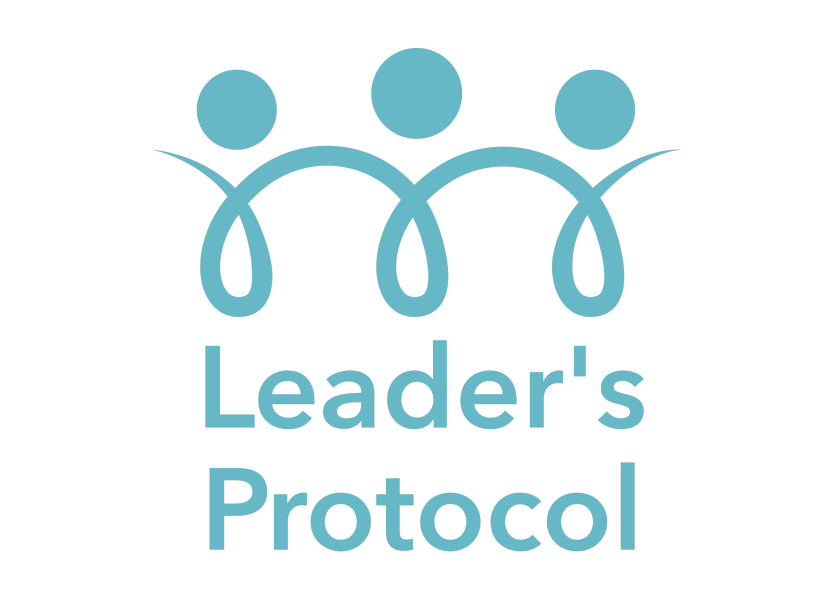Are we attracted to those like us or do we value differences? As a species that has evolved, what gets us the best results? Do we believe all that or just go with what we know we are comfortable with? Some aspects of this subject not only make the most obvious sense, they depict how any decent human thinks and behaves, whilst others are more subtle and maybe need more thought. Hopefully this provides you with something to ponder
Diversity and Inclusion: The Untapped Potential in Leadership
Diversity and Inclusion (D&I) has moved from being a buzzword to a business imperative, especially in leadership roles. Yet, many leaders still struggle to fully grasp the untapped potential it offers. Let’s unpack why D&I is so essential in leadership and how it can be harnessed for organisational success.
Why Diversity and Inclusion Matters
McKinsey’s report, “Diversity Wins: How Inclusion Matters”, affirms that companies with greater diversity in their leadership teams are more likely to outperform on profitability. Diverse teams bring a range of perspectives, fostering innovative thinking, resilience, and adaptability.
Consider the case of Merck KGaA, a multinational science and technology company. Their diversity and inclusion strategy, led by CEO Belén Garijo, led to a 25% increase in the number of women in leadership roles between 2015 and 2020. This strategy not only sent a powerful message about the company’s commitment to D&I but also positively impacted their bottom line.
However, it’s critical to note that diversity and inclusion are not the same. As Verna Myers, VP of Inclusion Strategy at Netflix, said, “Diversity is being invited to the party; inclusion is being asked to dance.” In other words, diversity is about representation, while inclusion ensures these diverse voices are heard and valued.
The Untapped Potential in Leadership
D&I in leadership can catalyse change in entire organisations. An inclusive leader who values and harnesses the power of diversity can:
- Foster Innovation: Harvard Business Review’s study found that diverse teams are 20% more likely to have innovative ideas. Leaders who encourage diverse perspectives can thus foster a culture of innovation.
- Drive Engagement: According to Deloitte’s report “Waiter, Is That Inclusion in My Soup?”, inclusive leadership can increase employee engagement, satisfaction, and retention.
- Enhance Decision-Making: Research by Cloverpop found that inclusive teams make better business decisions up to 87% of the time.
- Improve Company Reputation: A commitment to D&I, reflected in leadership, enhances company reputation, aiding in talent acquisition and customer relationships.
Now, let’s address the elephant in the room – if the benefits of D&I are so apparent, why aren’t more organisations tapping into this potential?
Overcoming Barriers to D&I
Some common barriers to D&I in leadership include unconscious bias, resistance to change, and a lack of awareness about the benefits of D&I. Leaders may inadvertently favour individuals who ‘fit in’ or mirror their own experiences and perspectives, perpetuating homogeneity in leadership.
Addressing these barriers requires conscious effort and action. For instance, Google’s re:Work initiative offers practical tools to reduce unconscious bias in hiring and promotion decisions.
Moreover, inclusive leadership must go beyond gender and racial diversity to encompass diversity in thought, experiences, and abilities. Microsoft’s CEO, Satya Nadella, is known for championing neurodiversity, recognising the untapped potential of individuals with autism, dyslexia, and other neurological differences.
Questions to Ponder. As you strive to harness the potential of D&I in leadership, consider:
- Is your leadership team reflective of the diversity of your workforce, customer base, and community?
- Do your leaders actively seek and value diverse perspectives?
- Are your D&I initiatives going beyond just representation to fostering a culture of inclusion?
Embracing Diversity and Inclusion in Leadership
Embracing D&I in leadership is not a one-time initiative, but an ongoing commitment. Here are some actionable steps:
- Build Awareness: Utilise resources like “Unconscious Bias @ Work” from Google’s re:Work, or Jennifer Brown’s book, “How to Be an Inclusive Leader” to enhance understanding of D&I.
- Cultivate Inclusive Leadership Skills: Train leaders to listen actively, value different perspectives, and foster a sense of belonging among team members.
- Make Systemic Changes: Review and update policies, practices, and processes to ensure they are not perpetuating bias.
D&I presents a significant, yet largely untapped, potential in leadership. As we navigate an increasingly diverse, interconnected world, leaders who tap into this potential will be best positioned to drive innovation, engagement, and success in their organisations. The challenge, and opportunity, is for each leader to ask – how can I tap into this potential in my team and organisation?
Want more? I’d recommend …
Book: “Inclusion: Diversity, The New Workplace & The Will To Change” by Jennifer Brown
Article: “Why Diversity and Inclusion Will Be A Top Priority for 2022”
Video: “The Power of Inclusion and Diversity” TED Talk by Janet Stovall
Podcast: “Diversity: Beyond the Checkbox”



